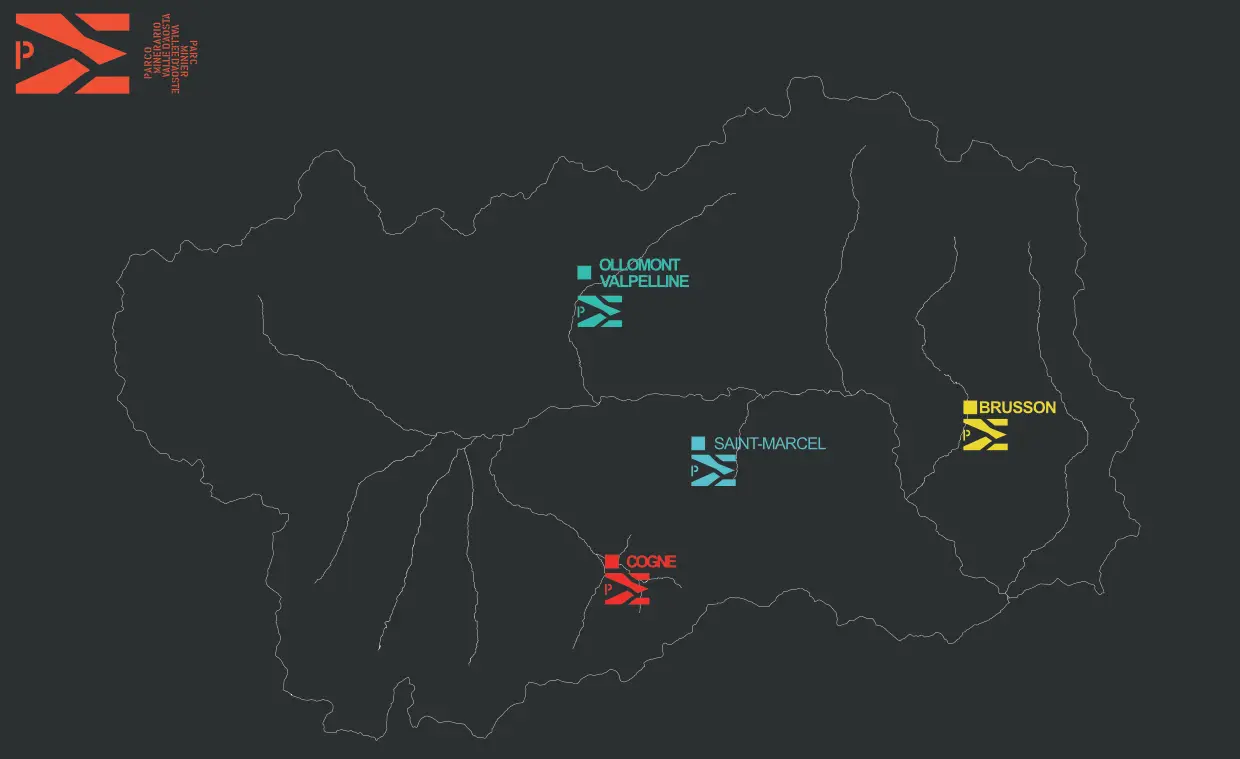In Italy, mining activity, which for centuries influenced the historical, social, and economic events of many regions, has experienced a gradual decline since the mid-20th century, eventually dwindling almost entirely because it became non-competitive in terms of costs compared to other districts around the world.
The cessation of extraction has left buildings, galleries, and shafts dug into the rock in abandonment, a heritage that is an expression of hard work, a testament to daily life, experiences, and traditions, even centuries-old. These are places that should not be forgotten, becoming places of culture instead.
As expressed by the “Code of Cultural Heritage and Landscape” of 2004, the Italian mining heritage is a cultural asset of historical and ethno-anthropological interest and, as such, must be protected, enhanced, and made accessible. In this context fits the Mining Park of the Aosta Valley, which includes the Ollomont-Valpelline mine site.
